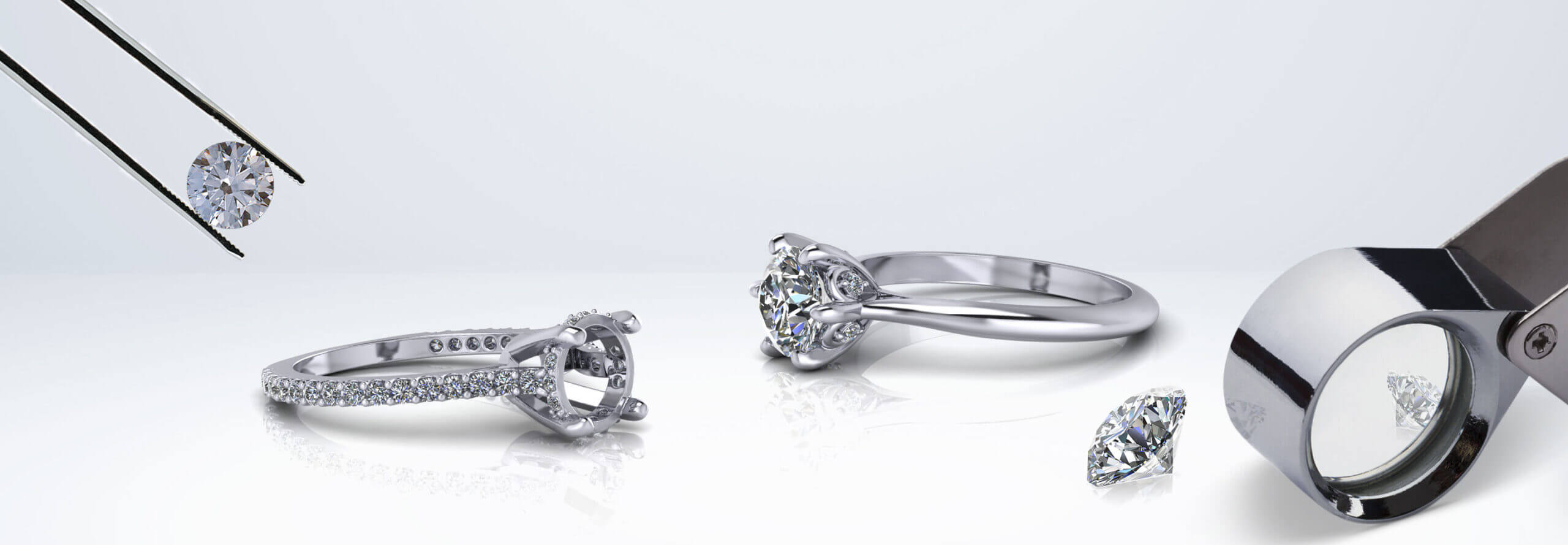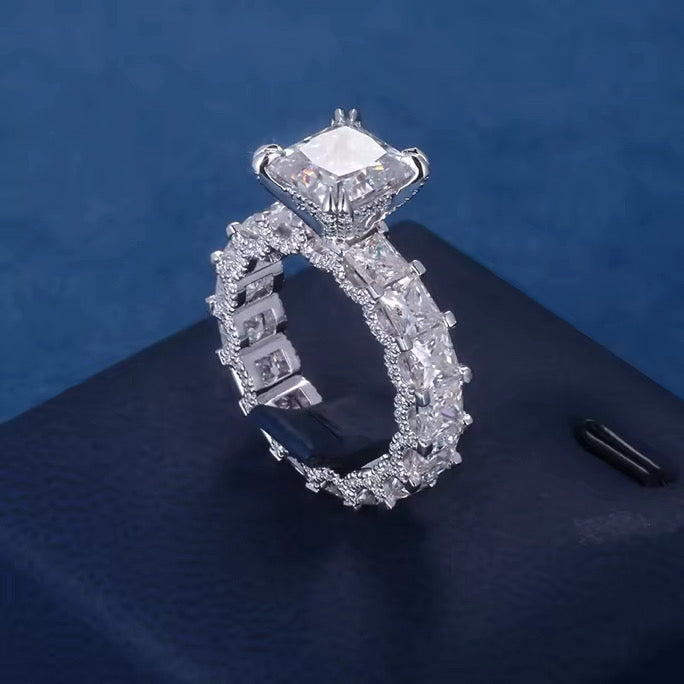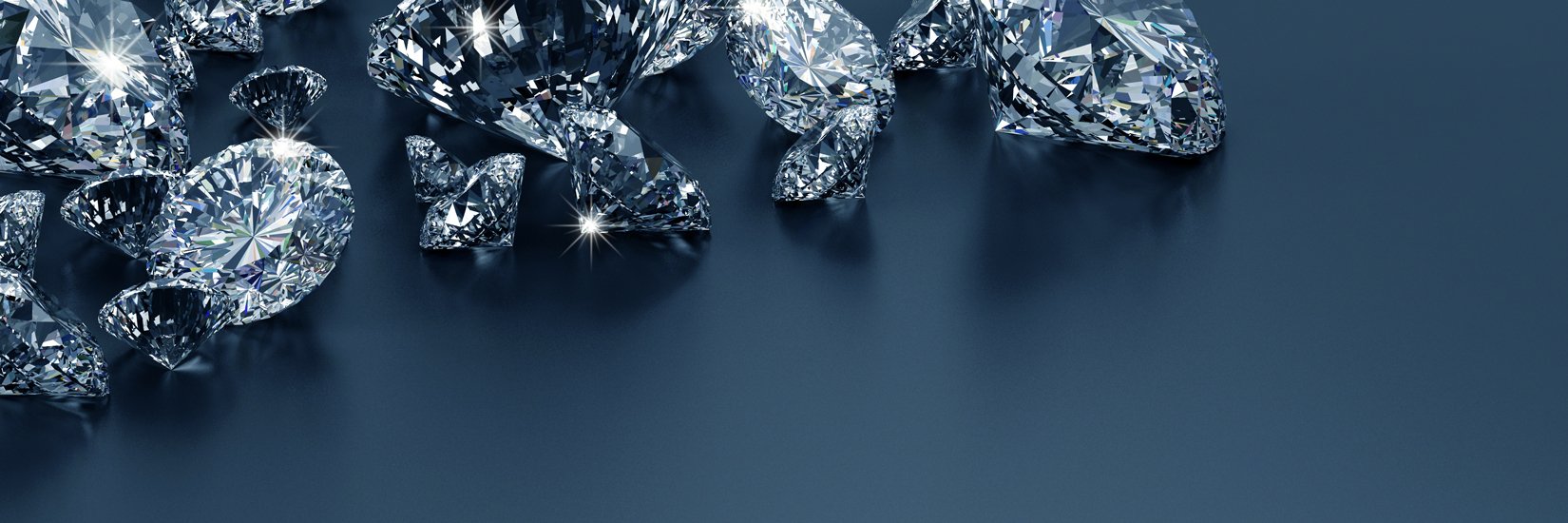
AKA DIAMONDS
Ethically Sourced Diamonds Where Quality, Sparkle, Best Prices, and Service Delivery Are Our Passion and Commitment To Our Valued Customers. It is Our Mission to make Every Customer Smile!
ETHICALLY SOURCED LAB DIAMONDS
We are proud to offer ethically sourced lab diamonds, ensuring that every stone is created with integrity and sustainability in mind. Our custom engagement rings are meticulously designed to match your exact specifications, giving you a one-of-a-kind piece that perfectly symbolizes your love. By cutting out traditional retail markups and focusing on direct sourcing, we provide these high-quality, custom-designed rings at a significantly reduced cost. With rigorous quality control at every step, we guarantee that you receive exceptional craftsmanship and a stunning final product, all without compromising on ethical sourcing or superior quality. It all starts with a magnificent stone!

Customized Jewlery Starts with a Idea
Custom, unique jewelry begins with a quality diamond, setting the foundation for a piece that is both timeless and personal. Each diamond is carefully selected for its brilliance, clarity, and cut, ensuring it shines at its brightest. From there, skilled artisans craft one-of-a-kind designs tailored to your style, combining the diamond's elegance with precious metals and intricate detailing. This bespoke approach results in a piece of jewelry that’s not only a symbol of beauty but also a meaningful expression of individuality.
-

Our Difference
Our dedication to our clients in unparalleled. With sourcing the best lab diamonds in the marketplace from over 12 locations in the world. Unlike traditional mining, our lab diamonds are conflict-free, ensuring they are both socially and environmentally responsible. This innovative process allows us to offer high-quality, sustainable diamonds that not only shine with exceptional brilliance but also align with your values at a price that is affordable. Providing one of the largest selections online with over a million lab diamonds.
-

Our Legacy
AKA Diamonds offers a full arrange of services from replacement of your original stone and maintaining the original character of your ring or jewlery to full customizing of a ring based of your idea. We have jewlers with over 35 years experience that will craft your dream on our 3D CAD to your approval before we even begin. The brilliance of your jewlery creates and continues our legacy of providing the best and being the best in today’s marketplace.
-

Our Jewlery and Custom Products
At AKA Diamonds we use the finest jewlery pieces that are available in the market place. We have several Designers on Staff and Jewlers with a combined experience of over 100 years. We make custom rings, engagement rings, wedding rings, necklaces, bracelets, earring studs, cocktail rings, fashion rings, and pretty much anything you can put a stone in it. We can provide white, yellow, or rose gold. We also have many products in stock and already made ready to be shipped.
Ordering Made Easy
Ordering is Made Simple and Easy with AKA Diamonds. If You have Any Questions or Want to Speak with One of Our Designers, Feel Free to Reach Out by Email or Phone, You Will See Our Customer Relations is On Par.
-

Lab Diamond Facts
Lab-grown diamonds, or man made diamonds, are 100% real diamonds that are chemically, physically, and visually identical to earth-mined diamonds. Lab-grown diamonds are changing future of the industry. Unlike mined diamonds, lab-grown diamonds are guaranteed conflict free. Lab-grown diamonds are ethically sourced and up to 60% cheaper or more than its natural counterpart. Lab diamonds come with high color, high clarity and atan offer a large competitive advantage compared to mined diamonds. Our lab-grown diamonds have the exact same chemical composition and hardness as mined diamonds. The United States FTC (Federal Trade Commission) has classified all laboratory grown diamonds as ‘diamonds.’ The FTC states that a diamond is a diamond no matter whether it is grown in a lab or comes out of the ground. Every diamond we sell are genuine diamonds and go through a two step quality review process by certified diamond jewelers.
-

Mined Diamonds
Mined diamonds are the traditional choice, but there are several drawbacks to consider, including unethical sourcing practices, potential human rights violations, the inability to fully guarantee conflict-free status, high costs, and environmental harm. Many younger generations are choosing lab-grown diamonds instead of earth-mined ones because of their sustainability and the assurance that no people are harmed in their creation.
Comparison of Lab vs. Mined
| Stone | MINED | LAB-GROWN |
|---|---|---|
| Chemical Composition | Carbon | Carbon |
| Crystalline Structure | Cubic | Cubic |
| Refractive Index | 2.4 | 2.4 |
| Disperation | 0.044 | 0.044 |
| Hardness | 10 | 10 |
| Density | 3.52 | 3.52 |

Diamonds
A piece of jewelry is often a piece of art. But it only becomes valuable when emotions are added to it




